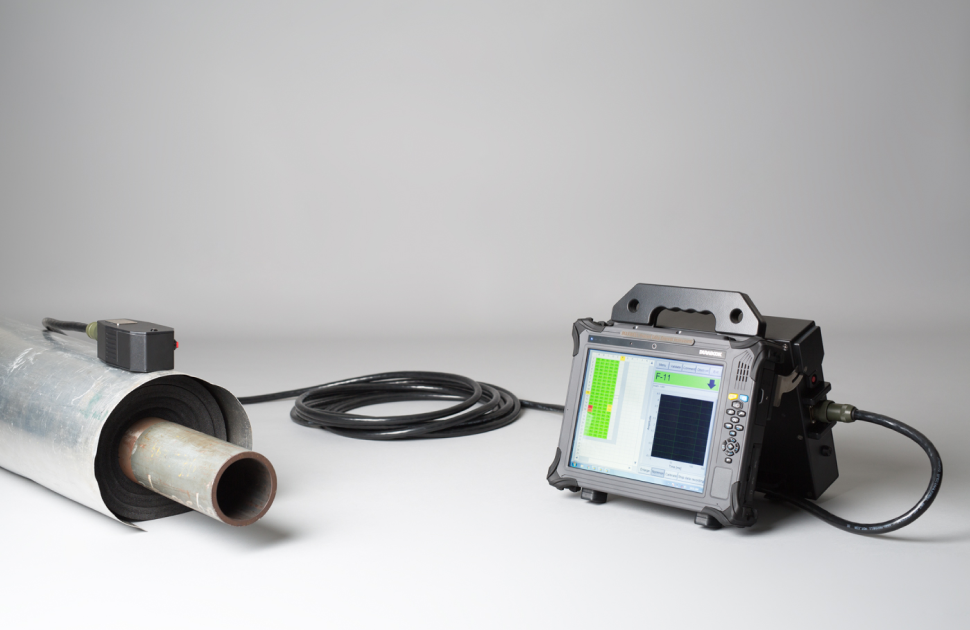Eddy current is an important non-destructive testing (NDT) technique that is widely used in various industries for flaw detection, material characterization, and sorting. It works by inducing electromagnetic fields in conductive materials and detecting the resulting eddy currents that are generated.
Eddy's current testing is based on the principle of electromagnetic induction, which was discovered by Michael Faraday in the 19th century. According to this principle, a changing magnetic field will induce an electrical current in a nearby conductor. This current is known as an eddy current, and it generates a magnetic field that opposes the original magnetic field.
In eddy current testing, a probe is used to induce an alternating magnetic field in the material being tested. This magnetic field then generates eddy currents in the material, which in turn generate their magnetic fields. The probe detects the changes in the magnetic field caused by the eddy currents, and this information is analyzed to determine the properties of the material being tested.
Eddy current testing is commonly used for surface inspections, where the probe is placed directly on the material being tested. It is also used for subsurface inspections, where the probe is placed near the material being tested and the eddy currents are allowed to penetrate the material to a certain depth. The depth of penetration depends on the frequency of the alternating magnetic field and the electrical conductivity and magnetic permeability of the material being tested.
One of the major advantages of eddy current testing is its speed and versatility. It can be used on a wide variety of materials, including metals, plastics, composites, and even some ceramics. It can detect surface and near-surface defects such as cracks, corrosion, and other types of damage. It can also be used to measure material thickness, conductivity, permeability, and other properties.
Eddy's current testing is widely used in the aerospace, automotive, power generation, and oil and gas industries, among others. In the aerospace industry, it is used to inspect aircraft components such as engines, landing gear, and airframes. In the automotive industry, it is used to inspect engine blocks, transmission components, and other critical parts. In the power generation industry, it is used to inspect turbines, generators, and other equipment. In the oil and gas industry, it is used to inspect pipelines, tanks, and other infrastructure.
One of the major challenges of Eddy's current testing is interpreting the data that is collected. The signals that are generated by the eddy currents can be complex, and it takes a skilled technician to analyze them accurately. The data can also be affected by factors such as the geometry of the part being tested, the electrical conductivity of the material, and the presence of other materials or coatings.
To overcome these challenges, specialized software and hardware are often used to analyze the data. The software can perform automated analysis and provide visual representations of the data to help the technician interpret the results. In addition, trained technicians are essential for the proper operation of the equipment and accurate interpretation of the data.
In conclusion, eddy current testing is a powerful and versatile non-destructive testing technique that is widely used in various industries for flaw detection, material characterization, and sorting. It works by inducing electromagnetic fields in conductive materials and detecting the resulting eddy currents that are generated. It is fast, accurate, and non-invasive, making it an ideal technique for inspecting critical components and structures. However, interpreting the data can be challenging, and it requires specialized training and experience to use effectively.

.png)









